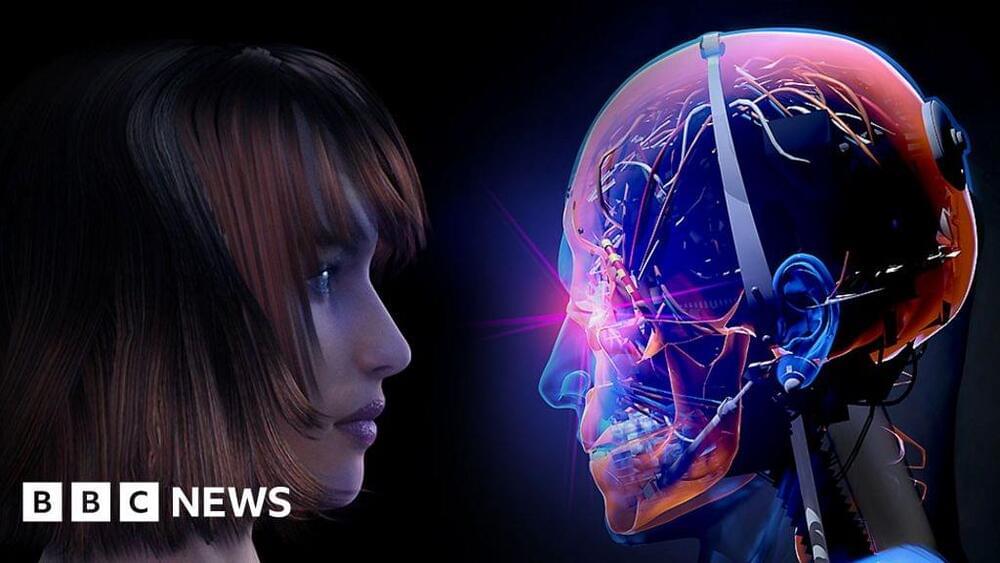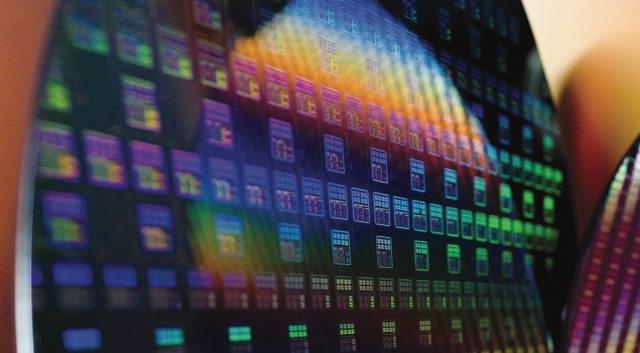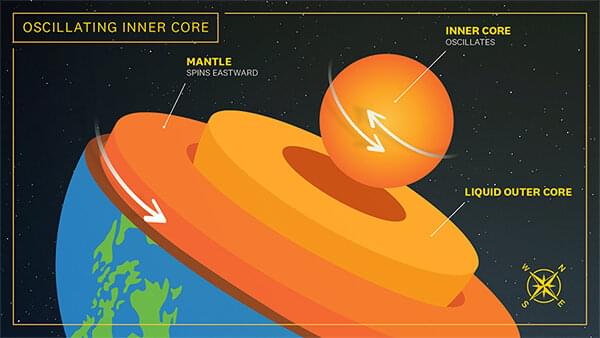Checkout Brilliant.org at https://www.brilliant.org/SubjectZeroScience.
Subject Zero Patreon.
https://www.patreon.com/subjectzerolaboratories.
Softwares Used:
Blender 2.8 EEVEE
Apple Motion.
Final Cut Pro X
“Modern Living Space — Final Major Project” (https://skfb.ly/ouAGA) by sam is licensed under Creative Commons Attribution (http://creativecommons.org/licenses/by/4.0/).
“Star Trek — Klingon D5 Class” (https://skfb.ly/6TsLH) by Wholock is licensed under Creative Commons Attribution (http://creativecommons.org/licenses/by/4.0/).






